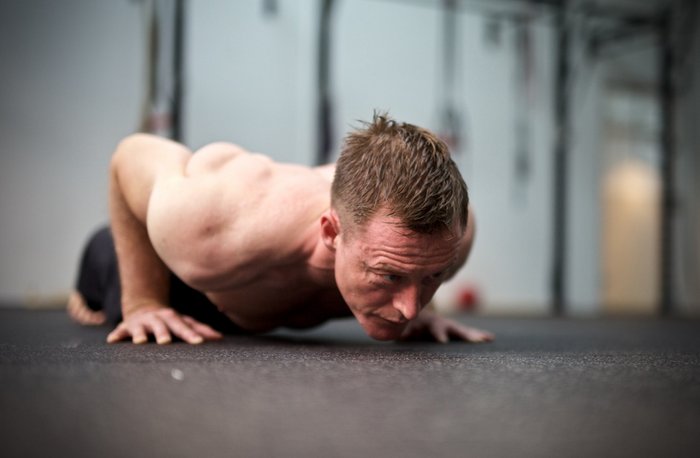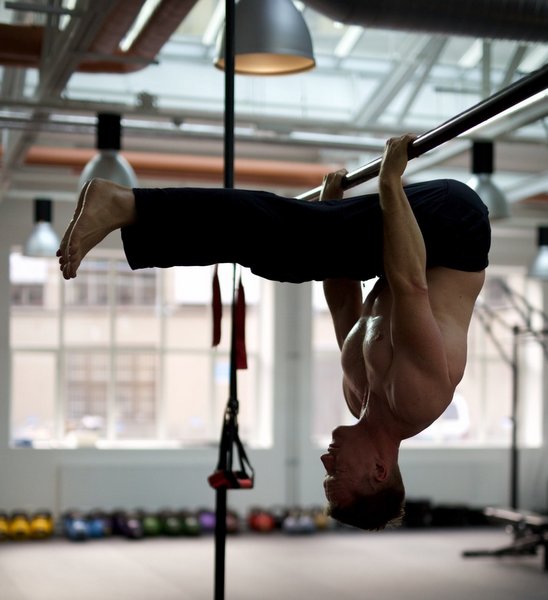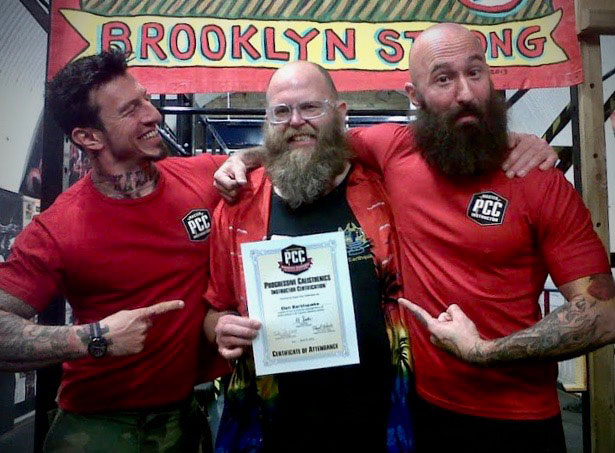
It’s not a new idea to me: I’d had several periods of doing this over the years, but stopped completely in 2008. It was due to one of his articles that I eventually restarted counting in November 2014.
I realized that I needed to establish a value system that could be comparable over several years. Subjective input such as “felt good today” is too ambiguous to be of value to me in the future. There are all sorts of systems depending on the discipline. Cyclists, swimmers and runners often use watts expended, calories burned or distance traveled. Lifters/gym rats may use weight shifted. I decided to record sets completed (my basic set being 5), with pull ups, dips and pistols recorded as 1 per repetition. Intensity of effort could also be recorded but I generally choose not to, it being subjective. For instance on 11th November 2015 I did 131 ring pull-ups, the most I’ve ever done.
Three years of statistics show progress. I’m doing more volume – over twice as much in 2017 as 2015.
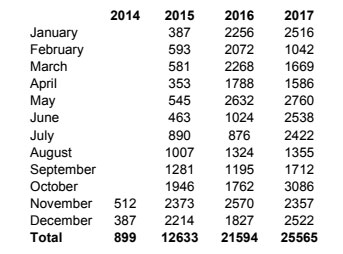
In the past, I have practiced a lot of failure training, believing it was doing me good to exhaust myself completely with muscle soreness common for the following days. Injuries over the years from over enthusiasm and foolishness – vanity lifting – took its toll. That sort of training really doesn’t appeal to me anymore. Daily training with basic calisthenics wasn’t too hard to transition into. I’ll admit to getting caught up in chasing the numbers – 505 free squats continuously and 550 incline push ups gave me plenty of time to reflect on my soreness the following days.
Super-high reps have a place in training though, even if it is not always the most efficient way of training; sometimes it’s just too much fun to stop. My problem tempering my enthusiasm is solved by pursuing the daily minimum concept. Last year my total set value was 25,565. Dividing this by 365 days gives a daily average of 70. I have a “bare minimum” of 27 that I do for mobility/pre-hab everyday at both ends of the day. Studying my figures seems to suggest that 47 work sets on top of this is about optimum for me at the moment. That gives me 74 which if followed consistently will top last years total. There were days last year where I felt supercharged and did a few hundred sets. The following days were back to bare minimum and recovery seemed sluggish. The trick on the days of great enthusiasm is to stay fresh enough to be able to do the daily minimum the next day. Not as easy as it sounds.
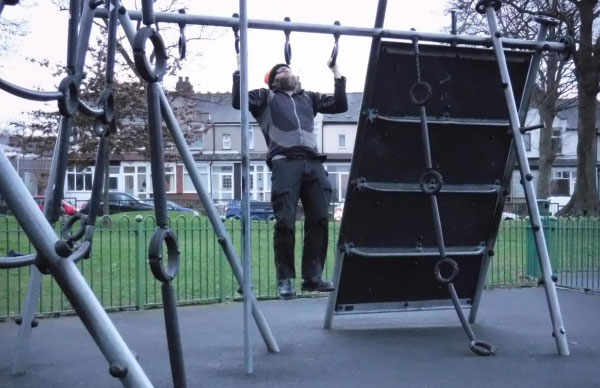
31 days in January gives a total of 2294.
2294 – 1386 = 908
908/11 days remaining = 82.5 daily minimum.
There is nothing I do that is original. I have shelves of exercise books and twice as many that I gave away that didn’t suit my practice. I’ve trained with strongmen, powerlifters, bodybuilders, runners, triathletes, swimmers, martial artists and had the benefit of many good coaches. All of us are composites of the people we admire.
I’m 44 this year. I started doing isometrics when I was 3 – before I knew what they were. Calisthenics drills came at 7 in judo class thanks to Ted Spacey – I still do his wrestlers bridges every night. Pull-ups started at 16. Last year I did my best pull-ups ever! Best of all, it’s still fun and I only do the basics. Odd sessions with Jim L. (who does some of the CC3 drills) and PCC Steve Llewelyn remind me that I’m just scratching the surface of what is possible.
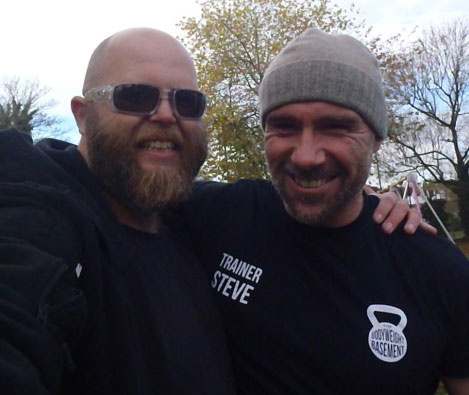
***
Dan Earthquake is involved in event safety and hosts winter swimming training camps for Channel Swimmers. In 2013 the Channel Swimming Association awarded him the trophy for “Greatest Feat of Endurance” for his 21hr 25 minute crossing of the English Channel. For more info, visit http://www.danearthquake.com/
